Expressionism is a European cultural movement which impacted literature, music, theater, and architecture.
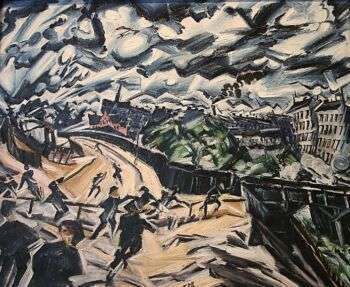
Image source: https://search.creativecommons.org/photos/77d48a67-d187-47a9-a50a-cfc171f2ee9c by vidalia_11
The Beginning
The first Expressionist Art Style was born in France with the Fauves (‘wild beasts, savages’), so-called because of the expressive violence of color. A second group, Die Brücke (‘The Bridge’) later emerged in Germany. With the turn of the century in Europe, changes in artistic styles erupted as a response to important societal changes. Art reflected the psychological disruption brought by these sudden developments.
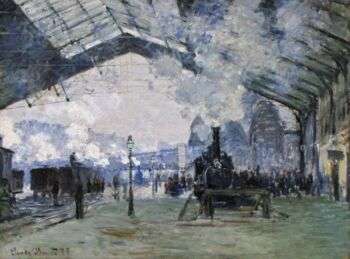
Image source: https://search.creativecommons.org/photos/68132445-4024-4349-ac2c-d16d17f29c33 by mark6mauno
Expressionist Architecture
Expressionism spread simultaneously across Germany as a reaction to the anxiety of humanity’s increasingly discordant relationship with the environment and increasing loss of authenticity and spirituality. Additionally, political and social problems influenced architecture as well.
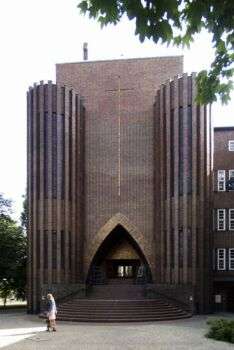
Image source: https://search.creativecommons.org/photos/0c847ef1-3e5f-4871-807c-15baf2f5a2c5 by seier+seier

Image source: https://search.creativecommons.org/photos/02d89d99-e853-45b9-a274-e5b5f70d107c by seier+seier
Features of Expressionism
It is through this concern for intensive expression that individual styles generally gained the mark of Expressionism. Here are the main features of an expressionist artist:
- The conception of architecture as a work of art
- Distortion of form for an emotional effect
- Themes of natural romantic phenomena
- Uses creative potential of artisan craftsmanship
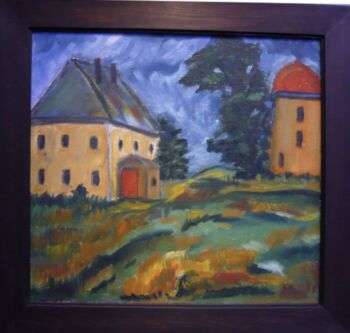
Image source: https://search.creativecommons.org/photos/5f28dfa4-f15a-4ad3-8fc8-7e83e968bd00 by moedermens

Image source: https://search.creativecommons.org/photos/0f3c2958-ad80-4c9c-8559-58e05efb9219 by Allie_Caulfield
Erich Mendelsohn
Erich Mendelsohn was a German architect and a pioneer of modern design. Starting with a sculptural and emotional approach, he became closer to the International Style. Further, he is well known for his Expressionist architecture in the 1920s, as well as for including dynamism in his works for department stores and cinemas.
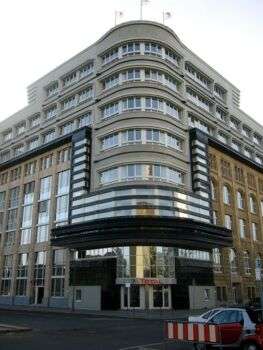
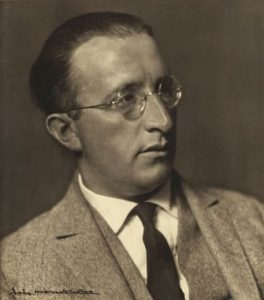
Image source: https://search.creativecommons.org/photos/c926b77b-8551-4d2f-9cf1-3cb7b07863b2
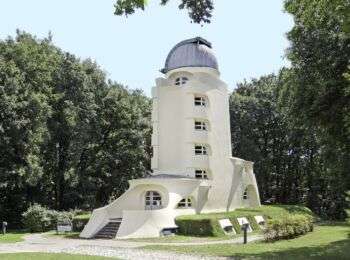
Expressionist Painting
Expressionist Painting
Expressionist painters sought only to depict nature expressing their feelings about what they saw. Thus, it was a more individual, personal kind of art. The roots of Expressionist art can be traced back to the wonderful landscapes by Turner.
![Joseph Mallord William Turner - Dinner in a Great Room with Figures in Costume [c.1830-35]: vague figures in a room with arched doorways.](https://www.idesign.wiki/wp-content/uploads/2023/04/Dinner-in-a-Great-Room-with-Figures-in-Costume.jpg)
Image source: https://search.creativecommons.org/photos/daabbfe7-2907-4ad3-bfd5-f5870e1c7ef3 by Gandalf’s Gallery
“The Scream” by Munch is an autobiographical experience of a scream piercing through nature while on a walk. The continuous curves of Art Nouveau tell a subjective linear fusion obliged upon nature. But man is part of nature, and absorption into such a totality liquidates the individual.
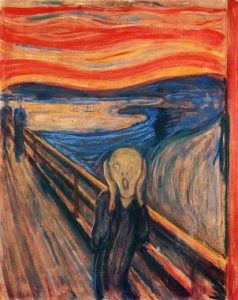
Image source: https://search.creativecommons.org/photos/669ed936-7d3f-47e4-8d81-fb0907aaa580 by Nickogibson
Expressionist Cinema
Expressionist Cinema
Expressionist films were born out of Germany’s isolation and approved by an international audience. Many European producers mimicked the absurd and unique aesthetics of German cinema. Expressionist films wanted to convey the inner experience of their subjects. Here are famous examples:
- The Cabinet of Dr. Caligari (1919) directed by Fritz Lang
- Nosferatu (1922) directed by Friedrich Wilhelm Murnau
- Metropolis (1926) directed by Fritz Lang
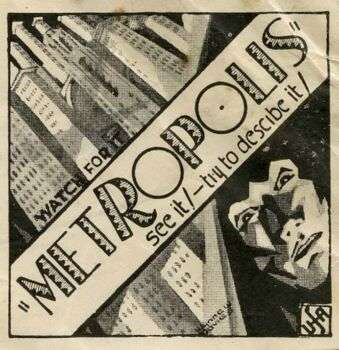
Image source: https://search.creativecommons.org/photos/e7252dc9-0de1-4084-838d-674d27ed2808 by Archives New Zealand
Info source: https://www.britannica.com/art/Expressionism
